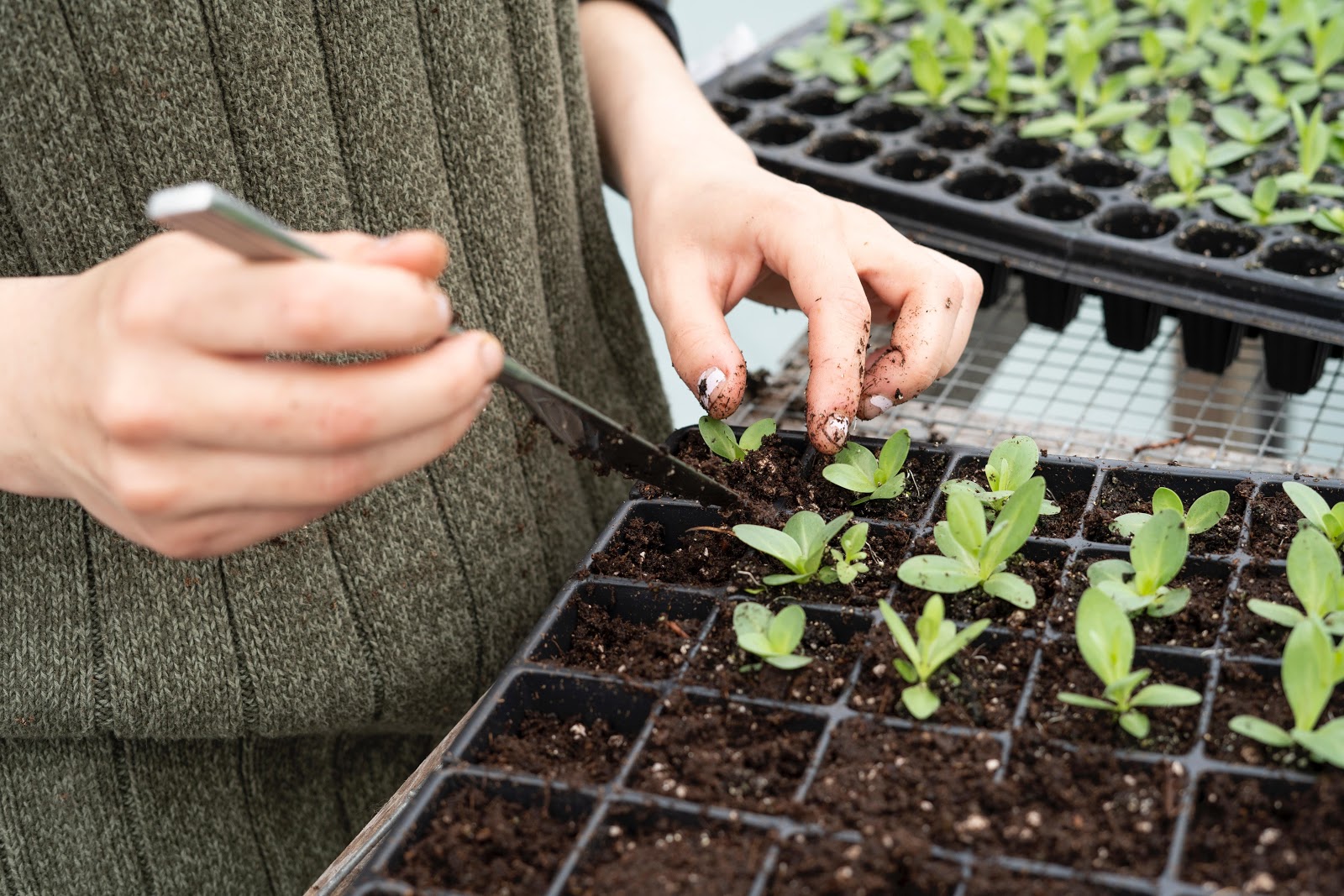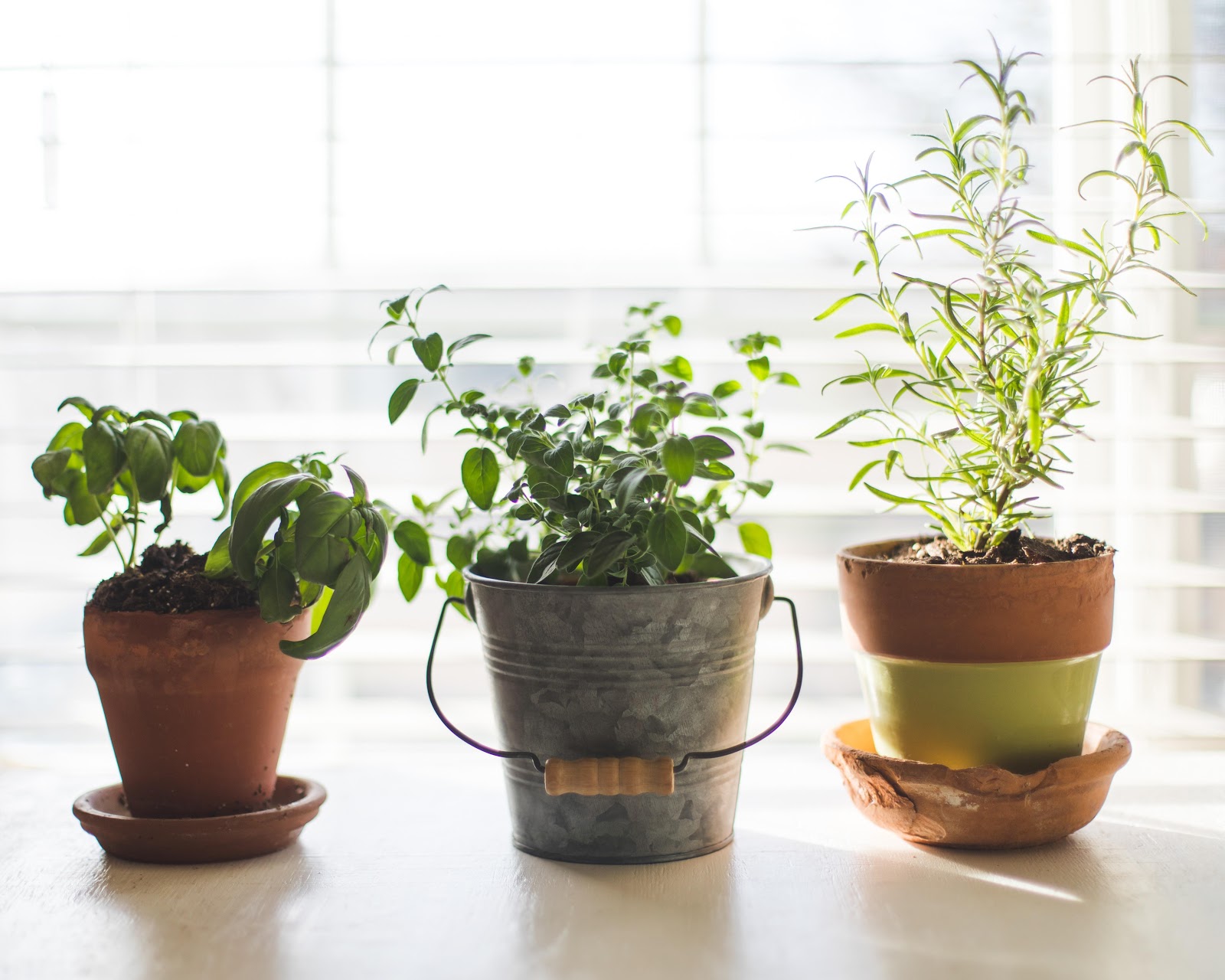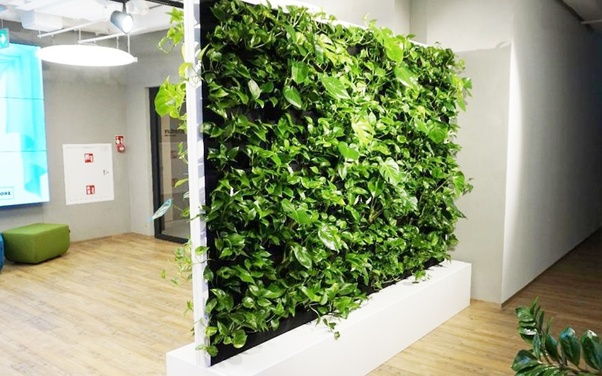If you are new to hydroponic gardening, it may feel a little overwhelming figuring out where to start. The good news is that you can build a hydroponic system affordably with a few basic supplies to fit your gardening needs. Regardless of how large, complex, or extensive a hydroponic system you choose, there is an indoor gardening solution for everyone.
What is a hydroponic garden?
A hydroponic garden can grow plants and vegetables year-round without the use of soil. Hydroponic gardening is ideal for those living in the city or an apartment without access to an outdoor gardening plot. Instead of soil, plants and vegetables grow in a solution of water and nutrients and have control factors like lighting, water quality, and air circulation throughout the growing process. If you’re looking to start an indoor hydroponic garden, you can check out the hydroponic supply at https://hydroonline.com.au. This site has a lot of helpful information on growing hydroponically, including tips on choosing the right substrate and watering schedule. You can also find information on light requirements and flowers that are best suited for hydroponic gardens.

Benefits of a Hydroponic Garden
Plants grow anywhere from 20-30 percent faster than they would in traditional soil because the essential nutrients are delivered straight to the plant. Since water is enclosed in a hydroponic system, you use up to 95 percent less water due to reduced evaporation. You have control over your hydroponic garden’s growing conditions since environmental elements don’t impact your crop.
Your plants won’t need to spread their roots in search of nutrients in a hydroponic garden, which allows you to place plants closer together and save space. There are no tedious weeds to pull in a hydroponic garden, and thanks to a lack of soil, there are fewer diseases and pests to threaten your plants.
Hydro Blossom offers great advice for indoor gardening and hydroponic enthusiasts. Gardeners can learn the essentials of getting started with hydroponic gardening through an indoor gardening blog and find informative articles about popular brands of hydroponic systems.
How to Start a Hydroponic Garden
All of the six main types of hydroponic garden systems use water and nutrient solutions without soil:
- Water Culture: this is the simplest and least expensive system in which roots remain submerged in a water reservoir and require aeration to prevent suffocation.
- Nutrient Film Technique: this simple setup uses a sloped channel to deliver a stream of nutrient solution to roots that dangle into the stream.
- Aeroponic system: an aeroponic system keeps roots exposed mid-air in a growing chamber to as much oxygen as possible. The nutrient solution is delivered via aeroponic misters sprayed at regular intervals.
- Ebb and Flow: also called Flood and Drain, this system floods plants with water and nutrients, then drains the root system with the use of a timer.
- Drip: with this system, roots are put into a growing media where water and nutrient solution is pumped through a reservoir. The growing media and roots are soaked before the nutrient solution drains back into the reservoir.
- Wicking: this simple system relies on a wicking medium to deliver water and nutrient solution from the reservoir to the plant without the use of pumps or moving parts.

Gathering Fundamental Supplies
Once you understand how the different types of hydroponic gardening systems work, you’ll need something to grow. You can either start with live plants or seedlings, or you can plant seeds. If you opt to use live plants, it’s critical to rinse the roots clean of any soil to avoid contamination.
Hydroponic plants need at least six hours of sunlight daily to grow properly. Use an artificial lighting system if you can’t position your plants where they will receive sufficient direct sunlight. Find the right lighting system with the correct spectrum of light, intensity, power, and footprint coverage based on your chosen gardening system.
The quality of your water is a big factor in how well plants grow. It’s best to use fresh rainwater or bottled spring water instead of tap water and unwanted minerals in tap water could have an undesirable pH level. Without the use of a pH stabilizing agent, your hydroponic system can easily get off-balanced. Use a pH testing kit to determine the pH levels of your water and adjust them accordingly.
Now that you know the fundamental basics of hydroponic gardening, it’s time to sit back and nurture your green thumb.






